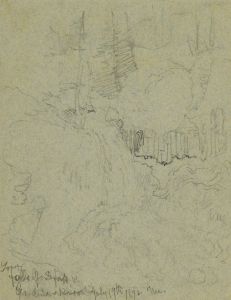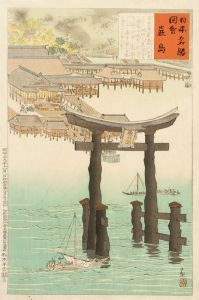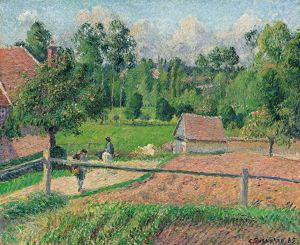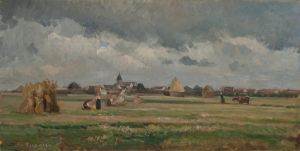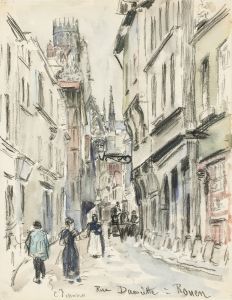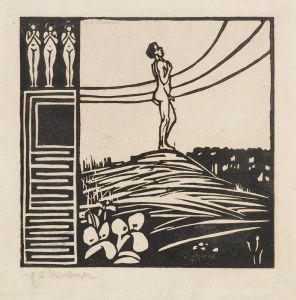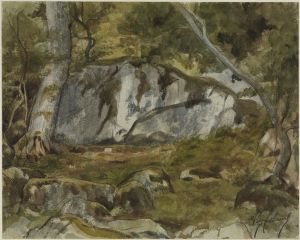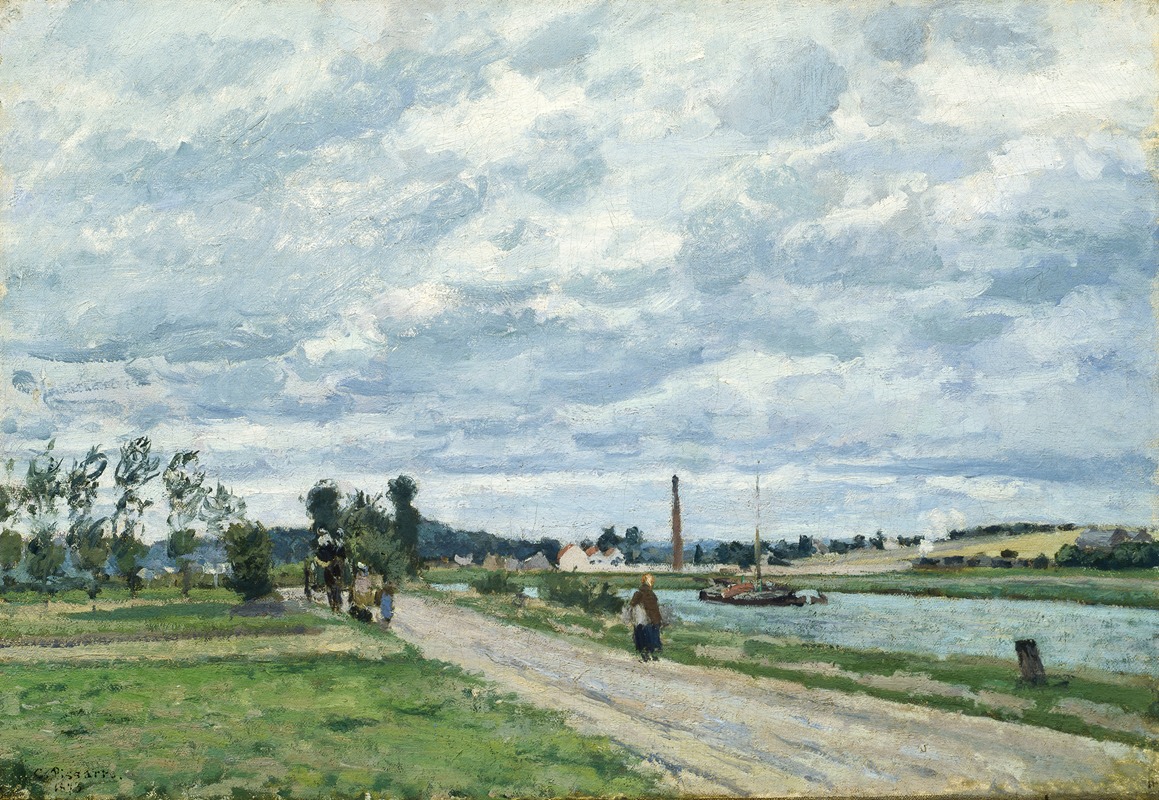
The Banks of the Oise near Pontoise
A hand-painted replica of Camille Pissarro’s masterpiece The Banks of the Oise near Pontoise, meticulously crafted by professional artists to capture the true essence of the original. Each piece is created with museum-quality canvas and rare mineral pigments, carefully painted by experienced artists with delicate brushstrokes and rich, layered colors to perfectly recreate the texture of the original artwork. Unlike machine-printed reproductions, this hand-painted version brings the painting to life, infused with the artist’s emotions and skill in every stroke. Whether for personal collection or home decoration, it instantly elevates the artistic atmosphere of any space.
The Banks of the Oise near Pontoise is a painting by the French Impressionist artist Camille Pissarro. Created in 1873, this work exemplifies Pissarro's dedication to capturing rural landscapes and his innovative approach to light, color, and atmosphere. The painting depicts a serene view of the Oise River near the town of Pontoise, located northwest of Paris. Pontoise was a significant location for Pissarro, as he lived and worked there for several years, finding inspiration in its natural surroundings and rural life.
The composition of the painting reflects Pissarro's interest in everyday scenes and his commitment to portraying the beauty of the countryside. The artwork features a tranquil riverside setting, with trees, water, and sky harmoniously integrated. Pissarro's brushwork is characteristic of the Impressionist style, employing loose, visible strokes to convey the effects of light and atmosphere. The use of a naturalistic color palette enhances the sense of realism while maintaining the vibrancy typical of Impressionist works.
Pissarro was a central figure in the Impressionist movement, and his work during this period often focused on rural landscapes and the lives of peasants. His choice of subject matter and technique was influenced by his belief in the importance of depicting the natural world and the everyday experiences of ordinary people. In The Banks of the Oise near Pontoise, Pissarro's ability to capture the interplay of light and shadow, as well as the textures of the natural environment, demonstrates his mastery of the Impressionist style.
The painting is also notable for its historical context. During the early 1870s, Pissarro and other Impressionist artists, such as Claude Monet and Alfred Sisley, were experimenting with plein air painting, a technique that involved working outdoors to directly observe and depict the effects of natural light. This approach marked a departure from the more formal, studio-based practices of earlier generations of artists.
Today, The Banks of the Oise near Pontoise is recognized as an important example of Pissarro's work and the broader Impressionist movement. The painting is held in the collection of the National Gallery of Art in Washington, D.C., where it continues to be appreciated for its artistic and historical significance.






